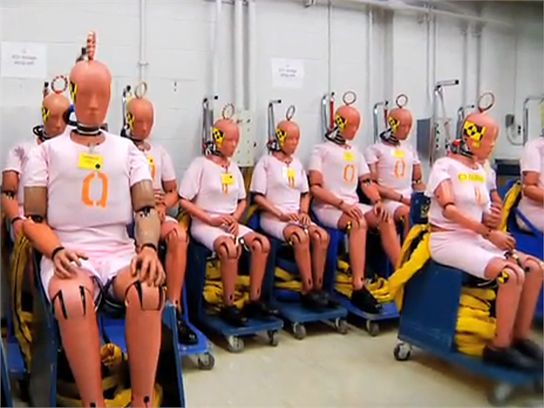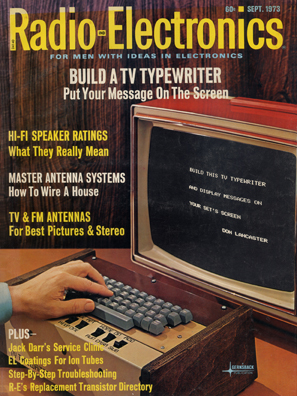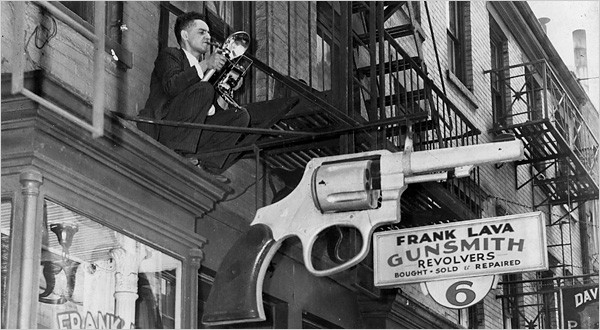For more than 30 years, American conservative politicians, often bearing flags and crosses, have exploited fears and prejudices and promised to return us to an earlier, grander time that never existed. But they really just wanted our money. As we’ve been led down this dark path, other global economies have progressed, leaving the middle class in the U.S. especially vulnerable. From “Economy Killers,” a Salon essay by Paul Krugman and Robin Wells about the polarized non-response to the Great Recession:
“America emerged from the Great Depression and the Second World War with a much more equal distribution of income than it had in the 1920s; our society became middle-class in a way it hadn’t been before. This new, more equal society persisted for 30 years. But then we began pulling apart, with huge income gains for those with already high incomes. As the Congressional Budget Office has documented, the 1 percent — the group implicitly singled out in the slogan ‘We are the 99 percent’ — saw its real income nearly quadruple between 1979 and 2007, dwarfing the very modest gains of ordinary Americans. Other evidence shows that within the 1 percent, the richest 0.1 percent and the richest 0.01 percent saw even larger gains.
By 2007, America was about as unequal as it had been on the eve of the Great Depression — and sure enough, just after hitting this milestone, we plunged into the worst slump since the Depression. This probably wasn’t a coincidence, although economists are still working on trying to understand the linkages between inequality and vulnerability to economic crisis.
Here, however, we want to focus on a different question: Why has the response to the crisis been so inadequate? Before financial crisis struck, we think it’s fair to say that most economists imagined that even if such a crisis were to happen, there would be a quick and effective policy response. In 2003 Robert Lucas, the Nobel laureate and then-president of the American Economic Association, urged the profession to turn its attention away from recessions to issues of longer-term growth. Why? Because, he declared, the ‘central problem of depression-prevention has been solved, for all practical purposes, and has in fact been solved for many decades.’
Yet when a real depression arrived — and what we are experiencing is indeed a depression, although not as bad as the Great Depression — policy failed to rise to the occasion.”































